The Kalmyk Khanate, which existed from 1633 to 1771, was the successor of such irreconcilable opponents of Russia as the Nogai Horde and the Oirat Khanate. But history has arranged so that having become a state formation within the Russian state (and then the Russian Empire), it was the Kalmyks who became a reliable support of the Russian sovereign. And by his order they took part in a huge number of military actions against their yesterday’s allies.
Besides wars and mutual campaigns, the starting point of this history is the end of the XVI century. It was then that Russian cohorts who entered the Siberian Khanate came into contact with the Oirats who were nomadic along the Irtysh. «Contact» is a very politically correct term, because in 1606 the battles took on a permanent character. But by 1608, many Kalmyks realized that it was pointless to oppose a completely new force and went to Tara for negotiations.
After reaching preliminary agreements, the ambassadors were sent to Moscow, where they were received with open arms by Vasily Shuisky — then Tsar of the Russian state. And, to all appearances, the negotiations were as successful as possible, as in 1609 most of the Kalmyk clans voluntarily came under the hand of Moscow.
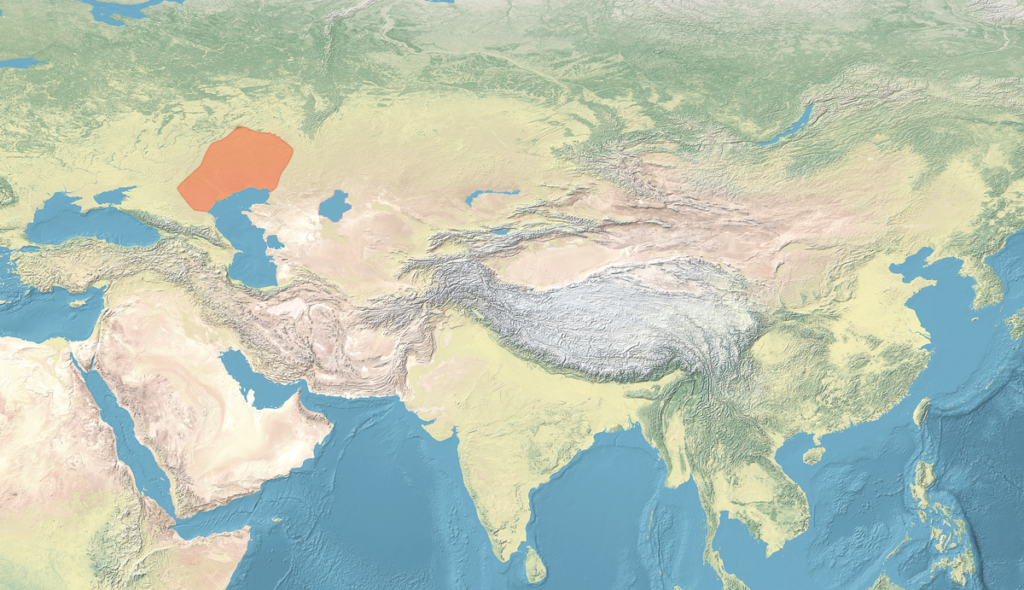
The territory in which the events described in this article will unfold. «Kalmyk Khanate»: opponents of Russia, who became allies.
Only a rather large ruler of the Kalmyk Khanate — Kho-Urlyuk (leader of the Torguts) disagreed. He did not recognize the power of the Russian tsar. But, as he could not do anything against the fire-fighting and tactics of planting ostrogov, in 1628 he went away and was able to subdue most of the Nogai Horde, as he possessed an impressive force of 50 thousand kibits.
Now, to establish an objective picture of the world, we must look through a separate «Torgut» branch of this history at least a few paragraphs.
For understanding: a kibitka is a nomadic house of a separate family. And most often one kibitka could provide 2-3 warriors for its khan, which automatically made Kho-Urlyuk the leader of the army of 100-120 thousand bows.
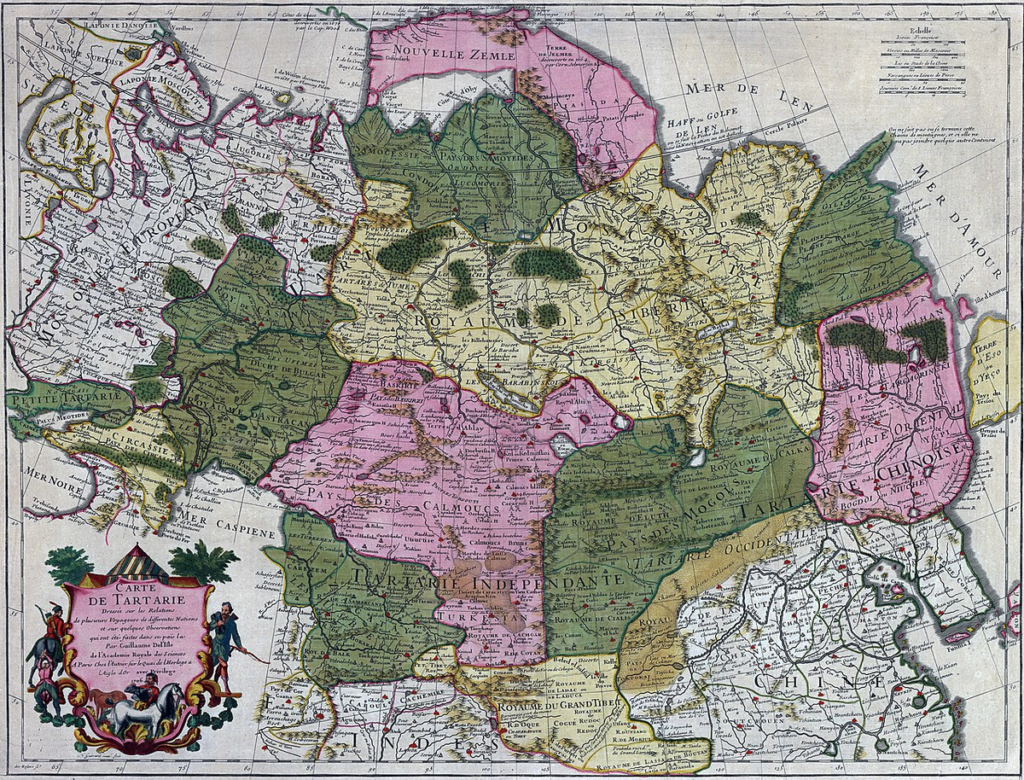
«The Country of the Kalmyks. Map of 1706 by Guillaume Delille. «Kalmyk Khanate»: opponents of Russia who became allies.
Since 1633, Kho-Urlyuk ruled over the entire space of the former Nogai Horde. But here happened something that still cannot be explained by historians — the noble Kalmyk left his son on the conquered land together with most of the torguts, and went to the North Caucasus and the Volga, where he was drawn into a long internecine war, which continued even after his death.
In the 1660s, Oirat settlers — Zyungars, Derbets and Khoshuts — settled within the Kalmyk Khanate and in the lower reaches of the Volga. The Kundulen-Ubushi ulus also joined the unruly Torguts, which increased the total number of kibits by another 3 thousand.
The history of other Kalmyk clans developed quite differently. And the taisha Kugonai Tubiev quietly roamed under the authority of the Moscow tsar since 1607, gradually infecting other Kalmyk rulers with his example. Moscow, by the way, established a very modest payment for the right to be called Russian subjects — a tribute collected by camels and horses.

A postcard from the 1800s, «Nogay and Kalmyk». «Kalmyk Khanate»: Russia’s adversaries who became allies.
Half a century later, the Kalmyks were already part of the Russian Empire and were allowed to roam along the Volga. And already on the rights of full-fledged subjects took part in a number of battles against the Polish-Lithuanian Commonwealth and the Crimean Khanate, becoming a much-needed swift and accurate light cavalry.
This was preceded by one momentous action — many Kalmyk taishi, in order to prove their loyalty to the Russian crown, sent honorable prisoners-amanats to Moscow themselves. It was necessary to prove to everyone: «Despite their warlike past, none of the Kalmyks wants to fight against the Russians anymore». This led to the fact that in 1664 the Kalmyk Khanate was officially established, and the central ruler named Monchak received all the necessary Russian symbols of state power.
By the beginning of the XVIII century, the Kalmyk Khanate was already considered one of the largest ethno-political formations in Russia. Here, «on the ground», there was a large bureaucratic «royal» apparatus and, at the same time, a «national staff» of servants and officials under the khan. At the same time, the khan pursued a very independent policy towards his neighbors. And was interested in maintaining peace with the Dzungarian Khanate and China.
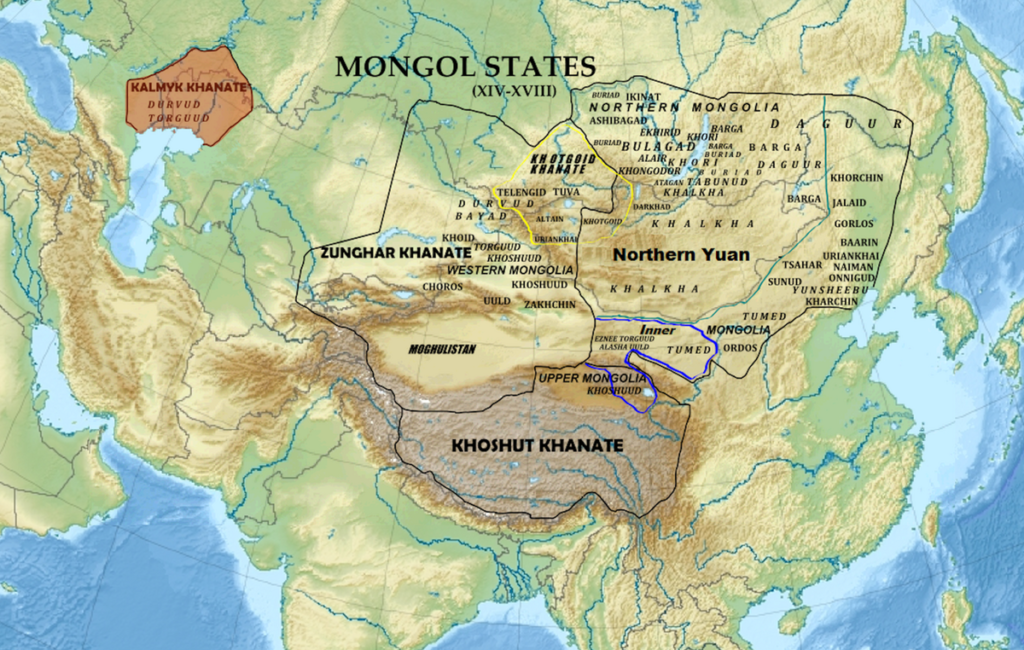
Mongol states in the XVIII century. «Kalmyk Khanate»: opponents of Russia who became allies.
In 1696, the Kalmyk army made a significant contribution to the capture of Azov. And the North Side was not left aside for this glorious steppe people, for Kalmyk regiments (among others) took part in the Battle of Poltava in 1709.
The Kalmyks were faithful allies of the Russian sovereigns, remembering their oath. That is why, when the Astrakhan uprising of 1705-1706, the Bulavin uprising of 1708 and the Bashkir uprising of 1710 broke out, they took an active part in suppressing the rebels.
By the way, in 1704, the real Genghisids — Ishim, Baibulat and Hasan — arrived in the Kalmyk Khanate, which significantly strengthened the position of the Russian crown in the region. And when the Karakalpaks died Khan Zhangir, they actually became vassals.
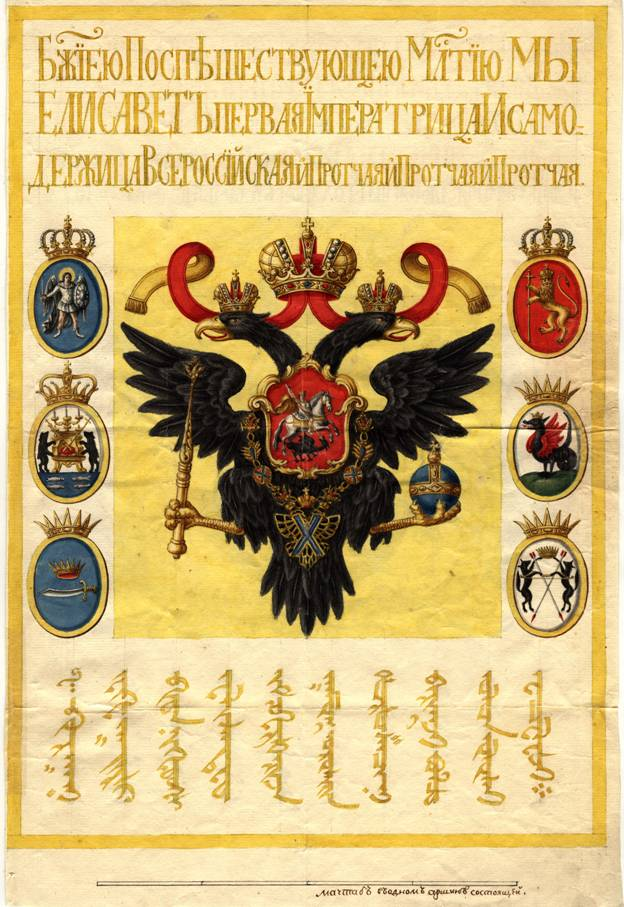
Khan Donduk-Dashi’s banner. «Kalmyk Khanate»: opponents of Russia who became allies.
In 1714, the Kalmyk forces take part in joint hostilities with China against the Dzungarian Khanate. And in 1750 at once two peoples with their lands — Khoits and Derbets passed under the Kalmyk ruler.
«Rozmiriye» also happened to Moscow. Thus, disagreeing with the imperial policy and the rule of Catherine II, many Kalmyk uluses decided to migrate from the Urals to the northern lands of Qing China. The government of Catherine II tried to prevent the movement of such a large mass of subjects, with the help of the assembled forces of controlled Kazakh zhuzes, the Orenburg garrison and the Yatsk Cossacks. But it did not work — the Kalmyks swept away the newly created Yaitsky line of defense (in particular, such fortresses as Sorochikovaya, Kalmykovaya and Kulaginskaya, as well as a number of outposts).
The efforts of the Orenburg general M.M. Traubenberg were also unsuccessful, given the winter time and «swimming» on the terrain. Moreover, it was not possible to establish interaction with the irregular militia of the Kazakh zhuzes, which allowed a huge mass of Kalmyks in about 33 thousand kibitoks (about 140 thousand people) to leave their ancestral territories and go under the rule of the Qing Emperor (about half of them died during the seven-month crossing).
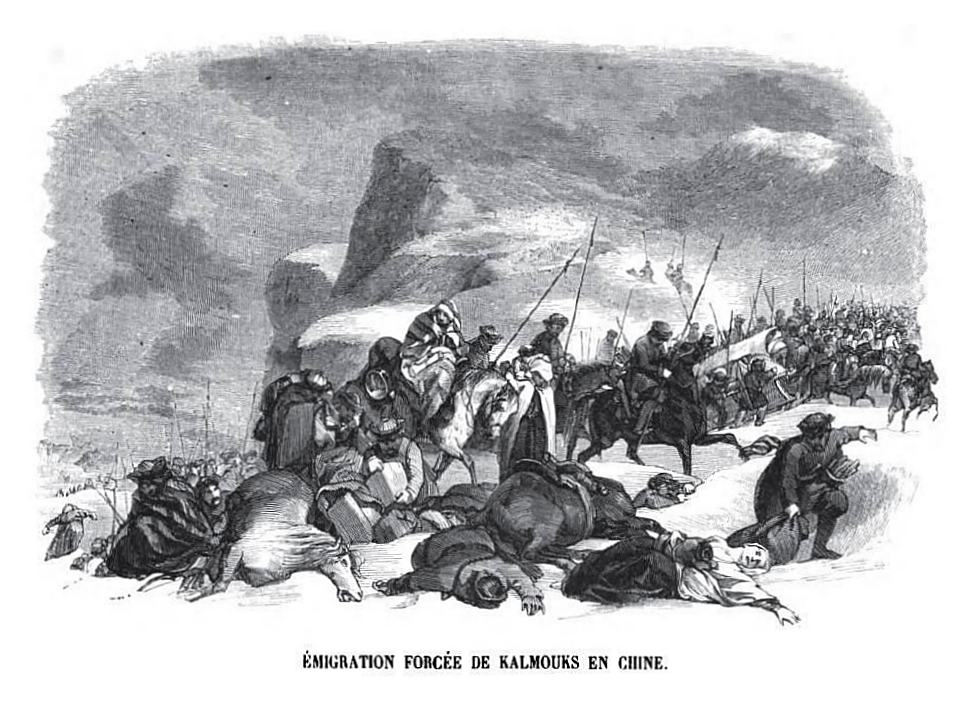
Engraving by Ch.-M. Joffroy, 1885 «Kalmyk migration from Russia to China in 1770-1771». «Kalmyk Khanate: Russia’s adversaries who became allies.
It should not be assumed that 33 thousand kibits are the overwhelming part of the Kalmyk people. No, many noyons remained under Russian rule, as they were accustomed to nomadizing along the North Caucasus, Volga, Don and Yaik. But the weakening of the Kalmyk Khanate was so significant that its abolition in October 1771 became something natural and meaningful. Yes, there was a short restoration of the Kalmyk khanate under Paul I in 1800. But already in 1803, by the decree of Alexander I this internal state formation was abolished definitively.
Despite this, it is worth recognizing that the Kalmyk Khanate was one of the most developed in the region, was governed by a special Steppe Code, and was united by the religion of Buddhism. At the same time, the power of the khan was limited to the supreme court «Zargo» (which translates as «court») and the khan’s council, which was very progressive by the standards of the time under discussion.
No less progressive was the universal «school» education — almost all children could write, read, and also had knowledge of theology, medicine, astrology, astronomy, geography, history and arithmetic thanks to the activity of a large number of bakshi — teachers.
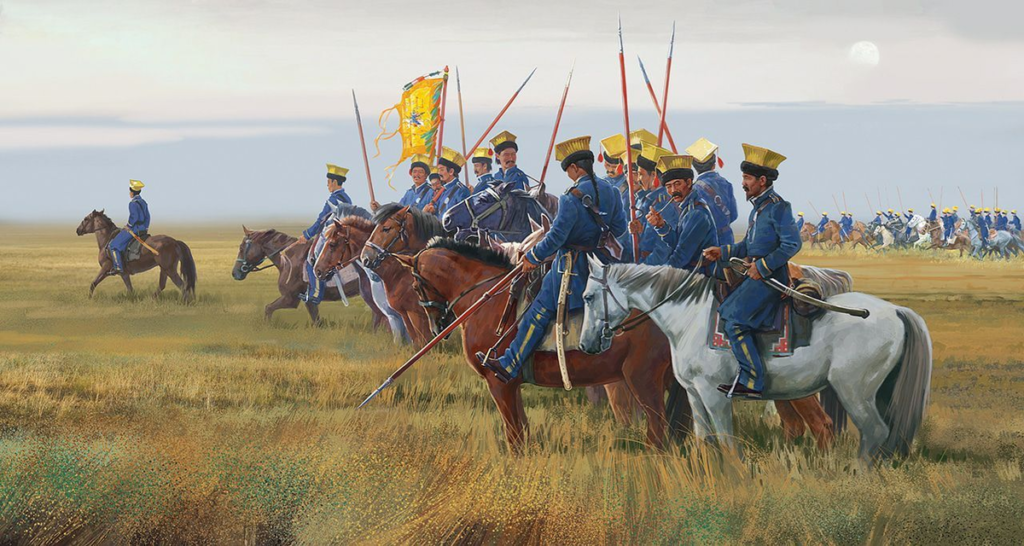
The Kalmyks are excellent cavalry of the lancer type. «Kalmyk Khanate»: opponents of Russia, who became allies.
The main weapon of the Kalmyk, despite the universal spread of firearms — bow and arrow. But the army had its own warriors armed with guns, and even its own artillery units, which not only carried guns on trained camels, but even fired them without taking them off their humps, transferring the animal to a lying position. The main weapon of close combat is a long spear of 3-4 meters with a stretched and narrow tip, as well as the classic curved saber for hand-to-hand combat.
If to finish the theme of kibitoks, it is known that at the peak of its power Kalmyk Khanate could boast about 70 thousand Kalmyk and about 30 thousand Nogai kibitoks, and the total population exceeded the mark of 500 thousand people in the period from 1672 to 1724. And this is a very, very large figure by the standards of the time.
